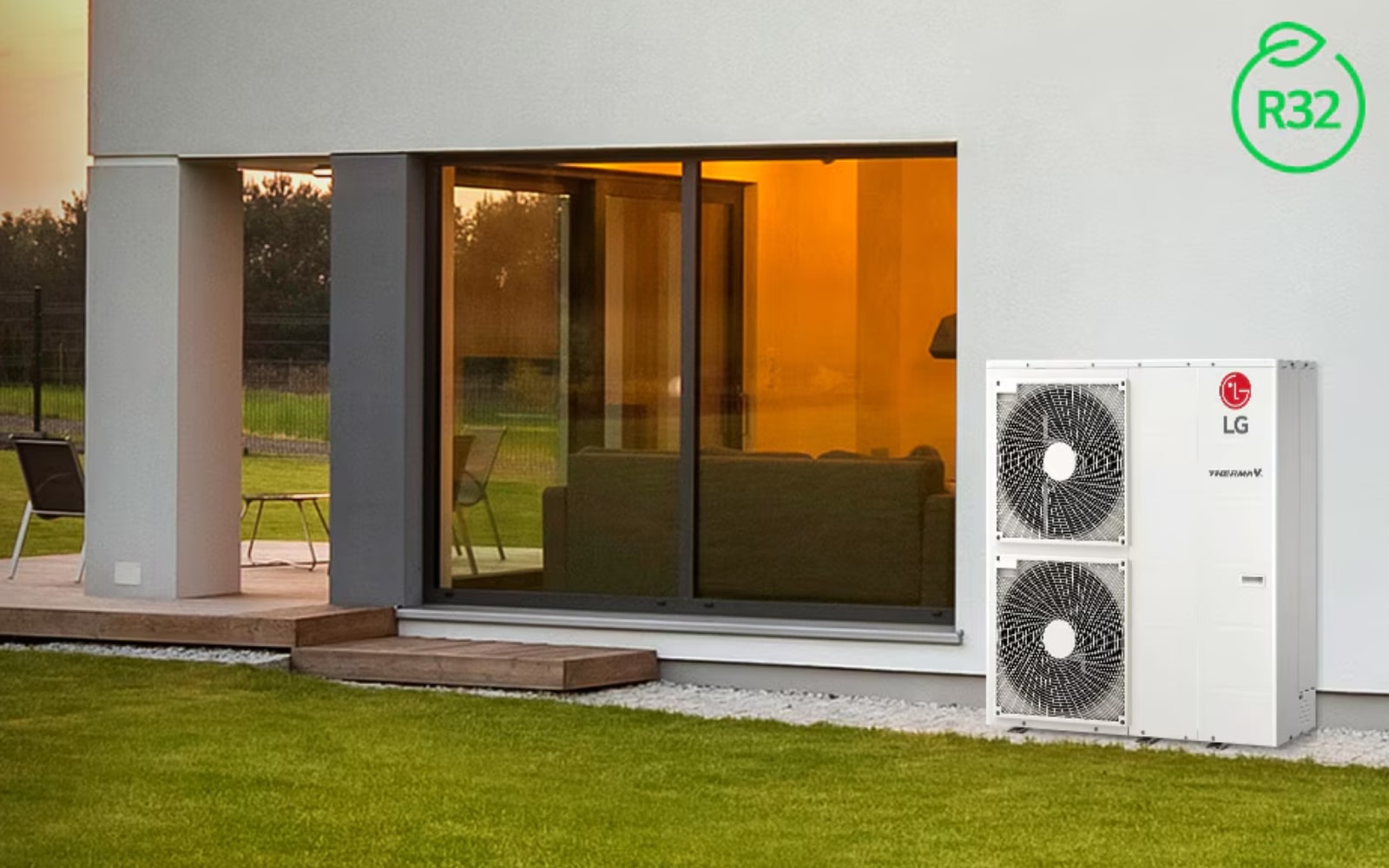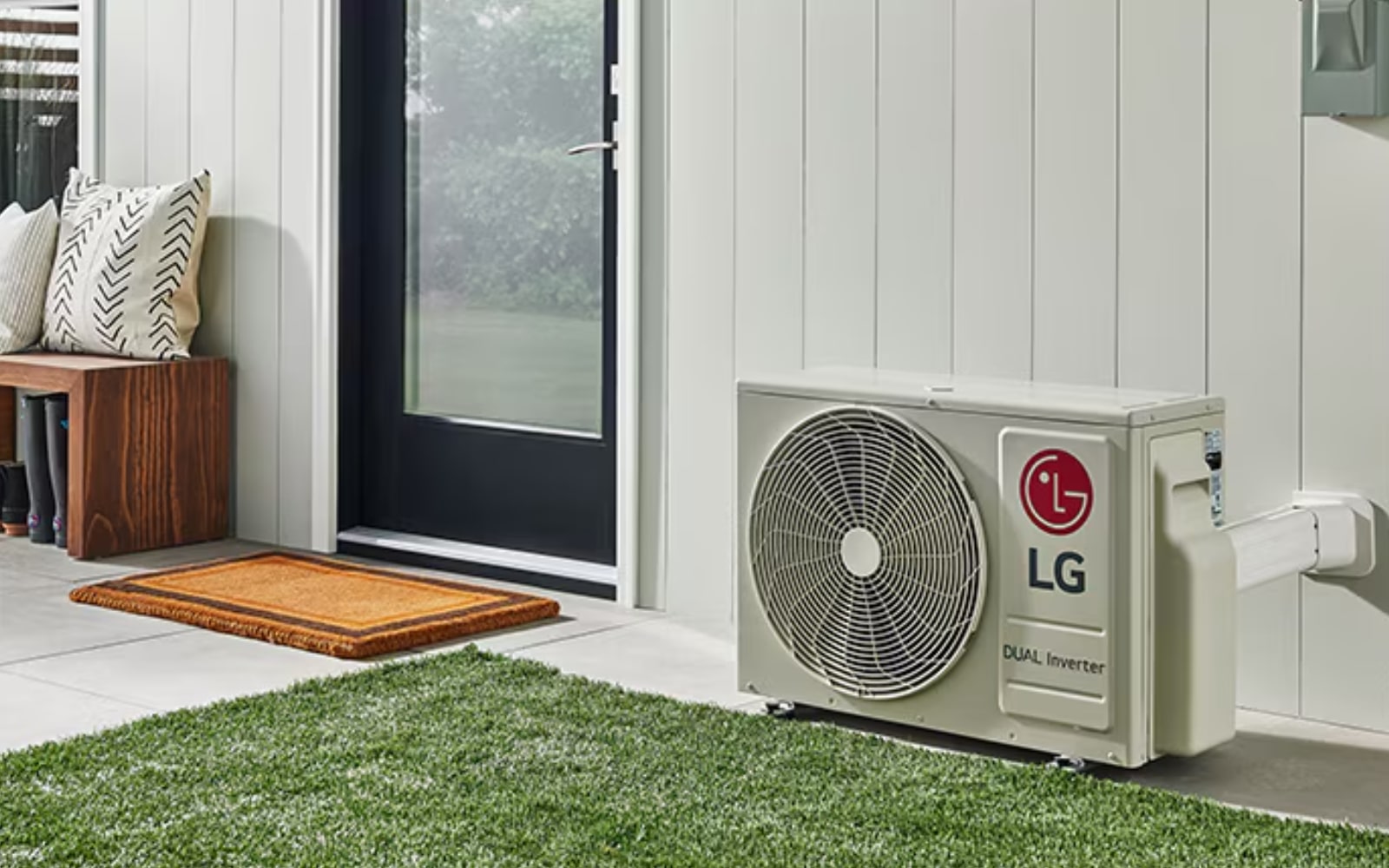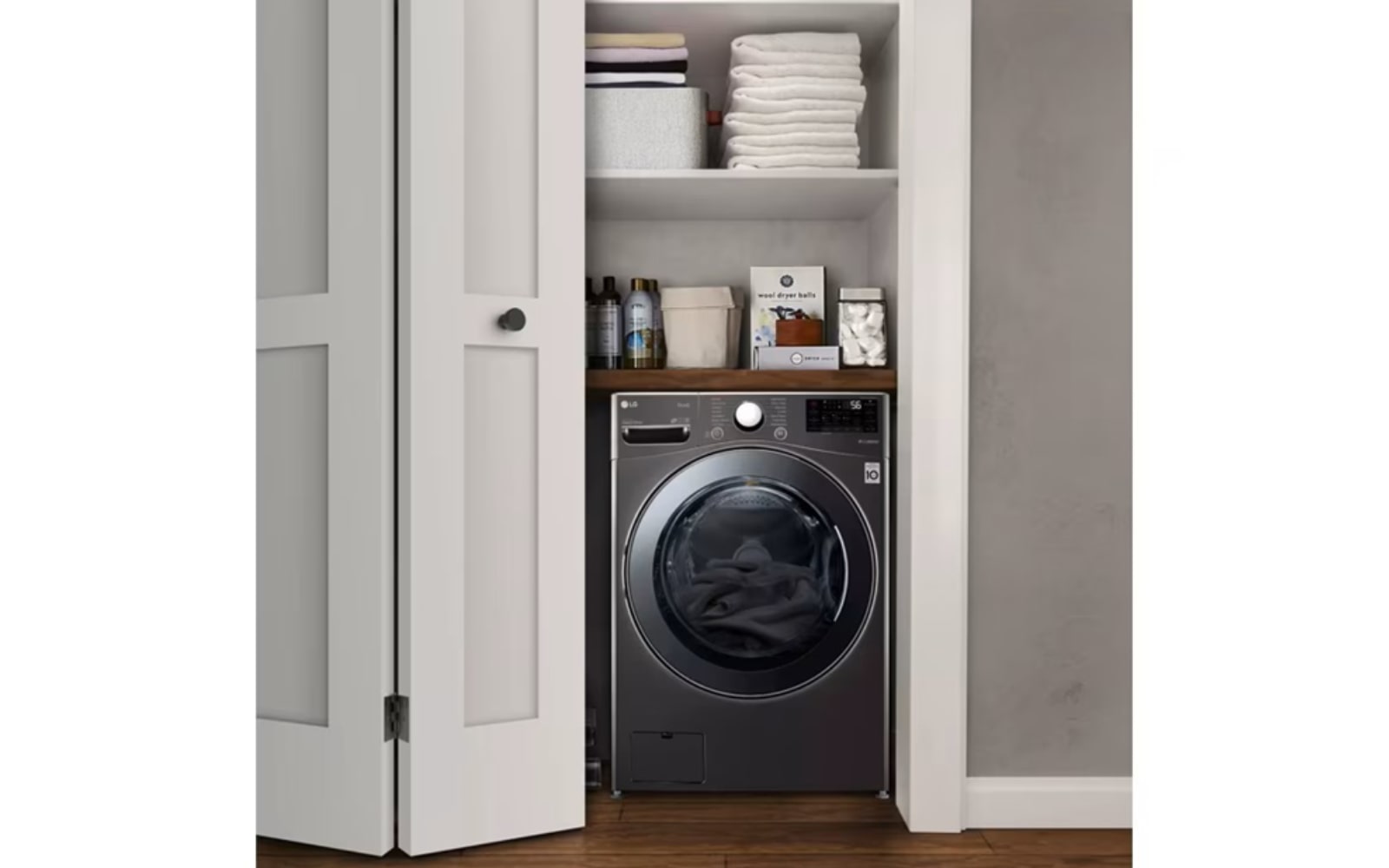We use cookies, including cookies from third parties, to enhance your user experience and the effectiveness of our marketing activities. These cookies are performance, analytics and advertising cookies, please see our Privacy and Cookie policy for further information. If you agree to all of our cookies select “Accept all” or select “Cookie Settings” to see which cookies we use and choose which ones you would like to accept.
Helpful Hints
What is a Heat Pump?
Learn how a heat pump works to move heat from one place to another, potentially saving fuel consumption costs. Discover how it can be efficiently used for heating.
A heat pump offers both heating and cooling for a building by using electrical energy to transfer heat from one location to another, without needing to generate it through combustion. Heat pumps are known for their energy-efficient approach to maintaining indoor comfort.
What are the different types of heat pumps?
Heat pump systems come in different variations: Air-source heat pump (most common for residential use) Ground source heat pump Water source heat pump Hybrid heat pump For residential settings, air-source heat pumps are often the best choice due to their simplicity, efficiency, and ease of installation. Below, we’ll focus more on air-source systems and briefly explain other types to provide a complete picture.
Air-source heat pump
An air-source heat pump collects heat from the outside air through a heat exchanger known as an evaporator. This heat is then transferred into the interior of a building by the central heating system via the heat pump. Heat pumps using air-source are ideal for maintaining comfortable temperatures year-round in a residential setting.
Other types of heat pumps (brief overview)
While primarily used in commercial or specialised applications, these other types of heat pumps offer alternative heating solutions:
Ground-source heat pumps
A ground-source heat pump collects heat by circulating a heat transfer fluid through pipes in the ground, known as a ground loop heat exchanger. This heat is then transferred into the interior of a building by the central heating system via the heat pump.
Water-source heat pumps
Water-source heat pumps extract heat from a body of water, such as a lake, and transfer it to a heating system. While not very common, this method can be highly beneficial and energy-efficient in suitable locations.
Hybrid heat pumps
Hybrid heat pumps combine a renewable heat source, like a heat pump, with another heat source, such as gas, or LPG. This option is ideal for those seeking a low-carbon solution where design constraints make it challenging to rely entirely on renewable energy.
How does an air source heat pump work?
Heat pumps work by absorbing heat from outside and transferring it indoors. They can also operate in reverse, transferring indoor heat to release it outside. Heat pumps extract heat from various sources, such as air, geothermal, or waste heat, and move it to where it’s needed. Because the heat is transferred rather than generated, heat pumps may save energy, potentially making them more cost-effective to run compared to traditional appliances like boilers or electric heaters.
Here is how a heat pump works:
- Heat is sourced from the warmth in the air or ground and is transferred through a heat exchange system known as a refrigeration cycle.
- This heat increases the temperature of the liquid refrigerant in the external heat exchanger of the heat pump, causing it to evaporate and convert into gas while absorbing heat in the process.
- The compressor increases the pressure of the gas refrigerant, which also causes its temperature to rise.
- The heat is then transferred to your home's central heating system through the internal heat exchanger as the gas refrigerant condenses, releasing heat as it changes back into a liquid.
- The refrigeration cycle repeats continuously, absorbing heat from outside sources—such as air, ground, or water—and transferring it inside the building to heat your radiators, underfloor heating, and domestic hot water.
Advantages of air-source heat pumps
- Energy-efficient: One of the greatest advantages of air-source heat pumps is their energy efficiency. Since heat pumps transfer heat from one place to another, rather than generating it by burning fuels like oil, gas, or LPG, they use less energy to provide heating or cooling solutions for homes.
- Low running and maintenance costs: With their robust designs and fewer moving parts, air-source heat pumps require minimal maintenance, resulting in lower running costs and energy savings. An annual check-up and service are recommended.
- No Direct Emissions: As air-source heat pumps do not use fossil fuels for the generation of heat, they have no emissions.
- Eliminates the need for fuel storage: There is no need to worry about getting and storing fuel to run the heating system, especially in areas where it is not easily available.
Disadvantages of air-source heat pump
- Higher setup cost: The initial setup of a heat pump can be more expensive than installing a traditional boiler. However, when installed correctly, heat pumps can potentially offset the upfront cost over their lifespan due to their lower running costs.
- More planning required: Unlike traditional boilers, heat pumps require more detailed planning and preparation before installation. It is crucial to have a well-considered design, including calculations for heat loss, insulation assessments, determining the size of heat emitters, and evaluating the required heat output.
- More electricity consumption: Since heat pumps consume electricity, you may notice an increase in electricity costs if you are converting from gas or oil. It's a good idea to check with your energy provider to see if a more affordable tariff is available for your heating system.
- Not suited for all spaces: If your building is draughty or poorly insulated, it may cost you more to run. If you are working with a tight budget, an ideal next step here is to first get the right insulation done with your old heating system and save up for a future heat pump installation.
How do air-source heat pumps save energy?
Heating and cooling buildings account for a significant share of global emissions. Switching to a heat pump can reduce this impact by using electricity and eliminating the need for fossil fuels.
Air-source heat pumps work by absorbing and transferring heat from the air outside to where it’s needed. By using only electricity, they provide an eco-friendly alternative to traditional heating and cooling systems when installed and maintained correctly. Explore LG’s innovative heat pump systems to find a high-efficiency heating and cooling solution tailored for residential comfort. With LG’s advanced technology, an LG heat pump can be a smart investment for your home.




.png)
.png)
